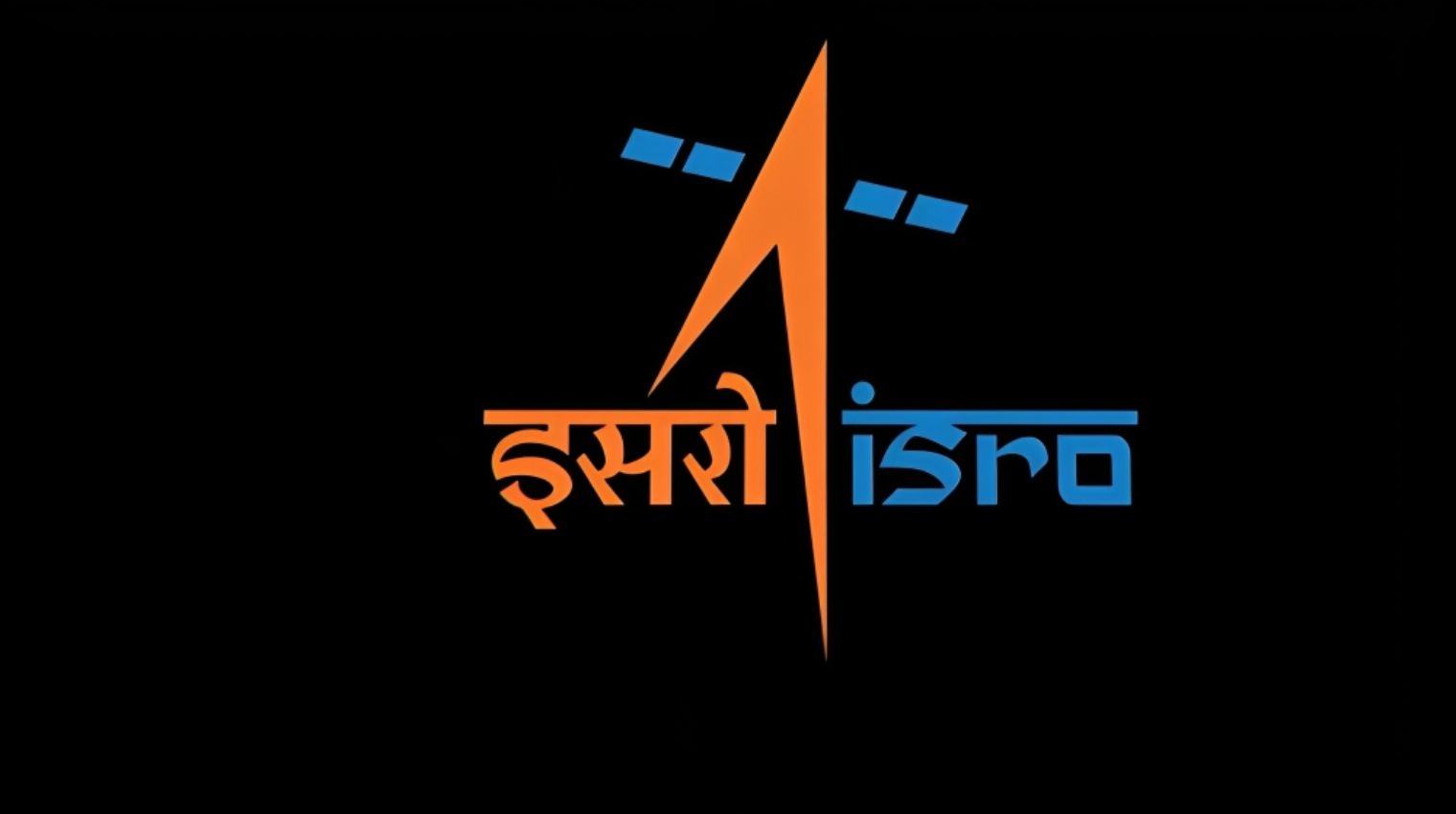On January 1, 2024, India is set to commence the new year with a momentous event as the Polar Satellite Launch Vehicle carries the nation’s inaugural X-Ray Polarimeter Satellite (XPoSat). The Indian Space Research Organisation (Isro) has revealed that the XPoSat mission will take off at 9:10 am using the Polar Satellite Launch Vehicle (PSLV), signifying a significant achievement in India’s pursuit of space exploration. This mission holds great importance as it aims to delve into the polarisation of powerful X-ray sources, positioning India as a leader in space-based polarimetry.
XPoSat is not only India’s inaugural dedicated polarimetry mission but also the second of its kind globally, following the launch of Nasa’s Imaging X-ray Polarimetry Explorer (IXPE) in 2021.
The objective of XPoSat is to investigate the 50 brightest known sources in the cosmos, encompassing pulsars, black hole X-ray binaries, active galactic nuclei, neutron stars, and non-thermal supernova remnants. Placed in a circular low Earth orbit ranging from 500 to 700 km, the mission is expected to endure for a minimum of five years.
The primary instrument, POLIX (Polarimeter Instrument in X-rays), will gauge the degree and angle of polarization within the medium X-ray energy range of 8-30 keV photons originating from astronomical sources. In conjunction with POLIX, the XSPECT (X-ray Spectroscopy and Timing) payload will furnish spectroscopic data within the energy range of 0.8-15 keV.
Developed through collaboration between the Raman Research Institute (RRI) and the U R Rao Satellite Centre (URSC), these instruments hold the potential to provide fresh insights into the physics of celestial objects. By measuring the polarization of X-rays, scientists can deduce crucial information regarding the geometry and emission mechanisms of these distant sources.
The XPoSat mission is poised to revolutionize our comprehension of the universe. By incorporating the dimensions of degree and angle of polarization to the existing spectroscopic and timing data, it has the potential to resolve uncertainties in current theoretical models of astronomical emissions.

